Thank you, sponsors. I wouldn’t be able to do what I do on this blog without you. It seems like FlowingData is growing faster every month, and you guys make that possible.
Check out what these fine groups have to offer. They help you understand your data:
Tableau Software – Data exploration and visual analytics in an easy-to-use analysis tool.
InstantAtlas – Create and present compelling data reports on geographic maps.
NetCharts – Agile Performance Dashboarding™ for business users.
Xcelsius Engage – Create insightful and engaging dashboards from any data source with point-and-click ease.
Business Intelligence – Visual data analysis made easy. Try 30 days for free.
FusionCharts – Convert all your boring data to stunning charts. Download your free trial now.
Xcelsius Present – Transform spreadsheets into professional, interactive presentations.
Email me at nathan [at] flowingdata [dot] com if you’d like to sponsor FlowingData, and I’ll send you the details.


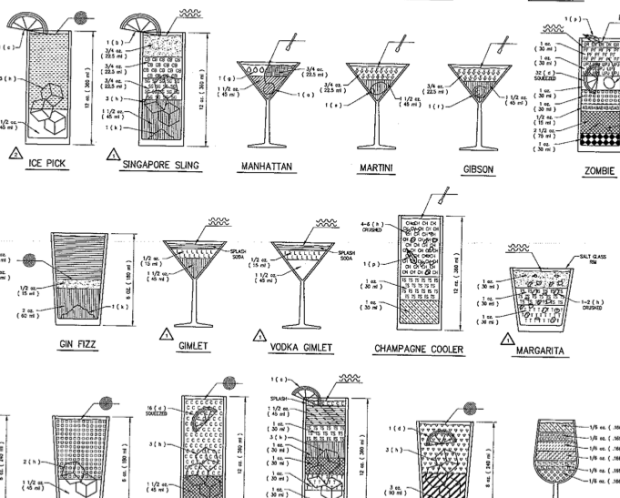

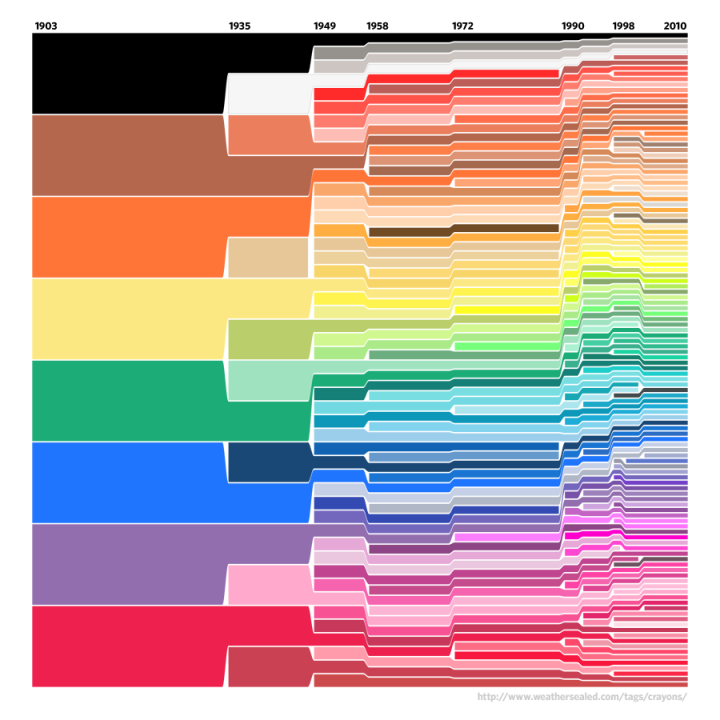
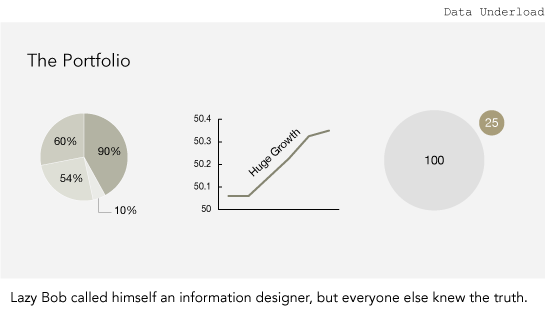
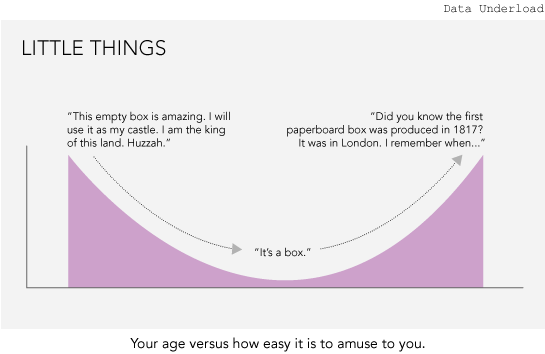

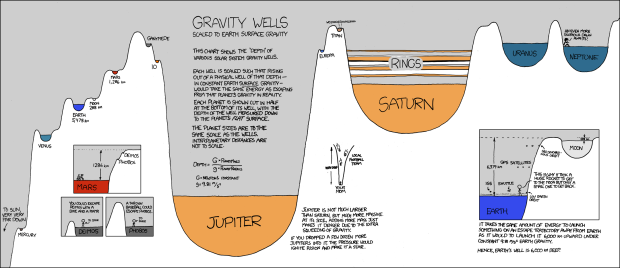
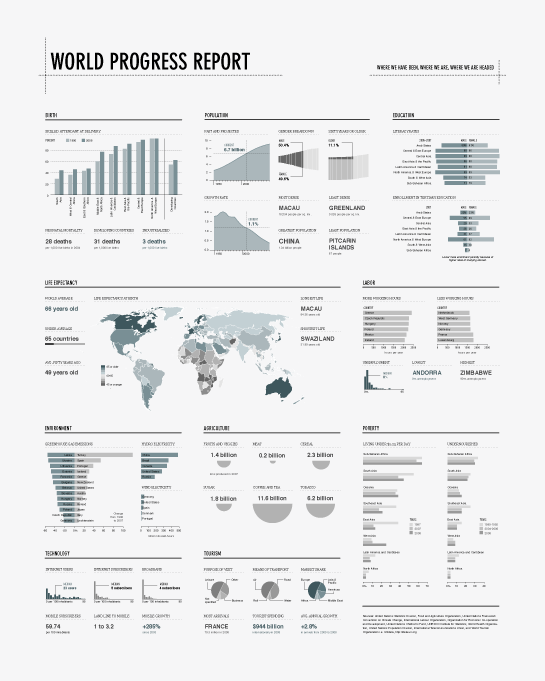












 Visualize This: The FlowingData Guide to Design, Visualization, and Statistics
Visualize This: The FlowingData Guide to Design, Visualization, and Statistics
